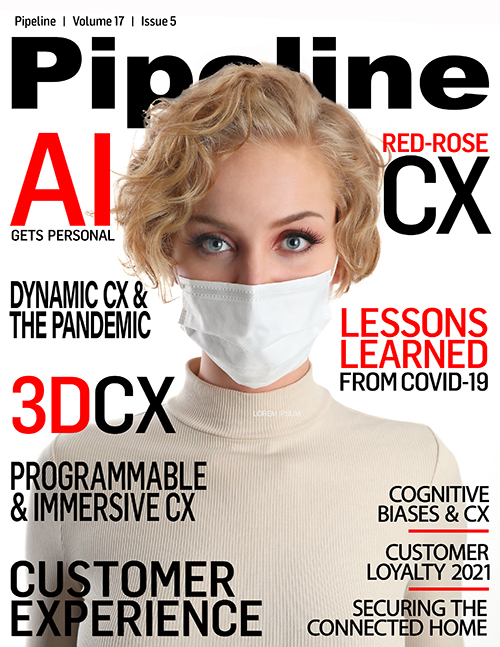3DCX: A Truly Hands-Free Future
How is it possible for office buildings to remain open in a world where we are advised not to touch anything? The unfortunate reality is that it isn’t. Walk down any main street in the US, and you will see offices full of computers and furniture, but few — if any — people inside. It’s simply too risky to attempt anything more than having a skeleton crew on site. This is bad for the economy, bad for employees, and is ultimately not sustainable. Is it even possible to attempt to go back to normal in a world where touching a door handle can cost lives?
The good news is that facial recognition technologies can solve most of the issues involved with public surfaces. Let’s look at something as basic as a reception desk. Instead of asking people to sign in on a clipboard or tablet, new technologies allow people’s photos to serve as their primary form of identification. Not only does this eliminate the need to touch surfaces that other people have been contacting all day, but it can actually improve security. That’s because 3D facial recognition technology is far more accurate than other forms of security. By implementing solutions like this, property owners and companies can reap the benefits of lower infection risk and increased safety.
This is just one possible use case, but just about every interaction that requires a physical connection can be replaced with a remote experience driven by facial recognition. For example, people picking up prescriptions can simply look into a camera to verify their identities rather than pull out their drivers’ licenses, hand them to the pharmacist, and sign physical documents. Guests checking into hotels can bypass the entire front desk procedure and go directly to their rooms without touching a single public surface. The possibilities are endless.
Security, privacy, and data integrity
Many people have opinions about facial recognition technology. Some see it as a way to make our lives more efficient, while others see it as a potential source of abuse. Like most technologies, it is inherently value-neutral. It simply does what it is programmed to do. In order for facial recognition to gain acceptance, people need to feel comfortable that their identities will remain safe. In fact, it can be argued that requiring people to tap or swipe their ATM cards is a lot less secure than using facial recognition in an office building, but in certain circles the bias against facial recognition remains. So how can property managers and business owners reap the advantages of this technology while behaving ethically and with integrity?
It all starts with consent. Just as we consent to sharing our home addresses every time we write a check, and just as we consent to sharing our bank information on the Internet every time we pay a bill, we also need to give consent to allow our faces to be used as a form of identification. Responsible organizations need to take this into account when they are designing their security systems.
Equally important is what will happen to the data after it is no longer needed. For example, if I have a meeting in a downtown New York office building on March 12, there is no need for the property company to have access to any of my information after I leave. Organizations need to have strict protocols on disposing of unnecessary images and data. Not only is this not a pipe dream, it is actually the norm for most forms of security that are in use today. Do you really think that an apartment complex keeps your license plate on file forever after you visit? It’s sort of the equivalent of the dreaded “permanent record” that your junior high school principal warned you about: in most cases, it’s not a real thing.
There is no single technology that will mitigate the risk of the COVID-19 pandemic — or future pandemics. Social distancing will exist in some form for quite a while, and it is naïve to think that the world will simply snap back to where it was before the virus raged out of control. But by implementing sensible precautions to minimize the risk of disease transmission, responsible organizations can play a critical role in keeping all of us healthy and safe, now and in the future.



















